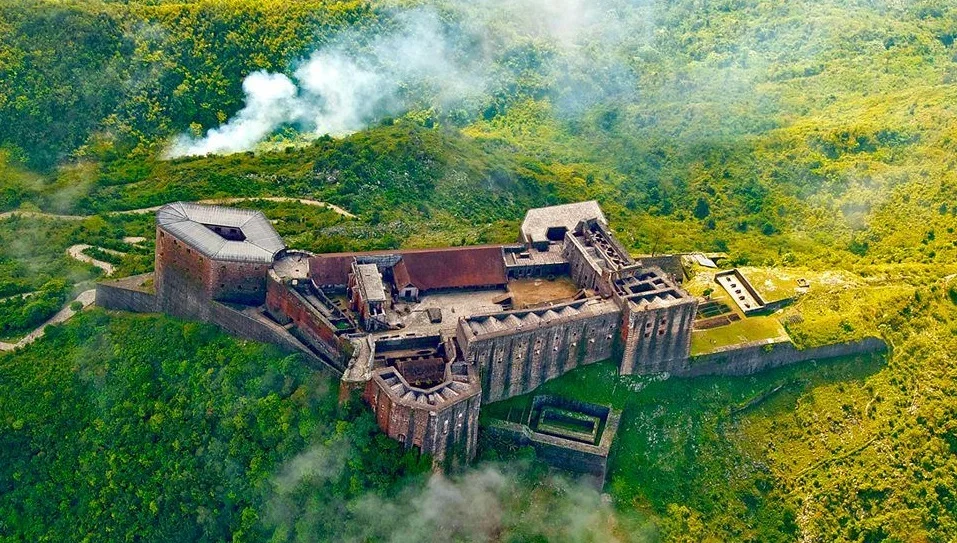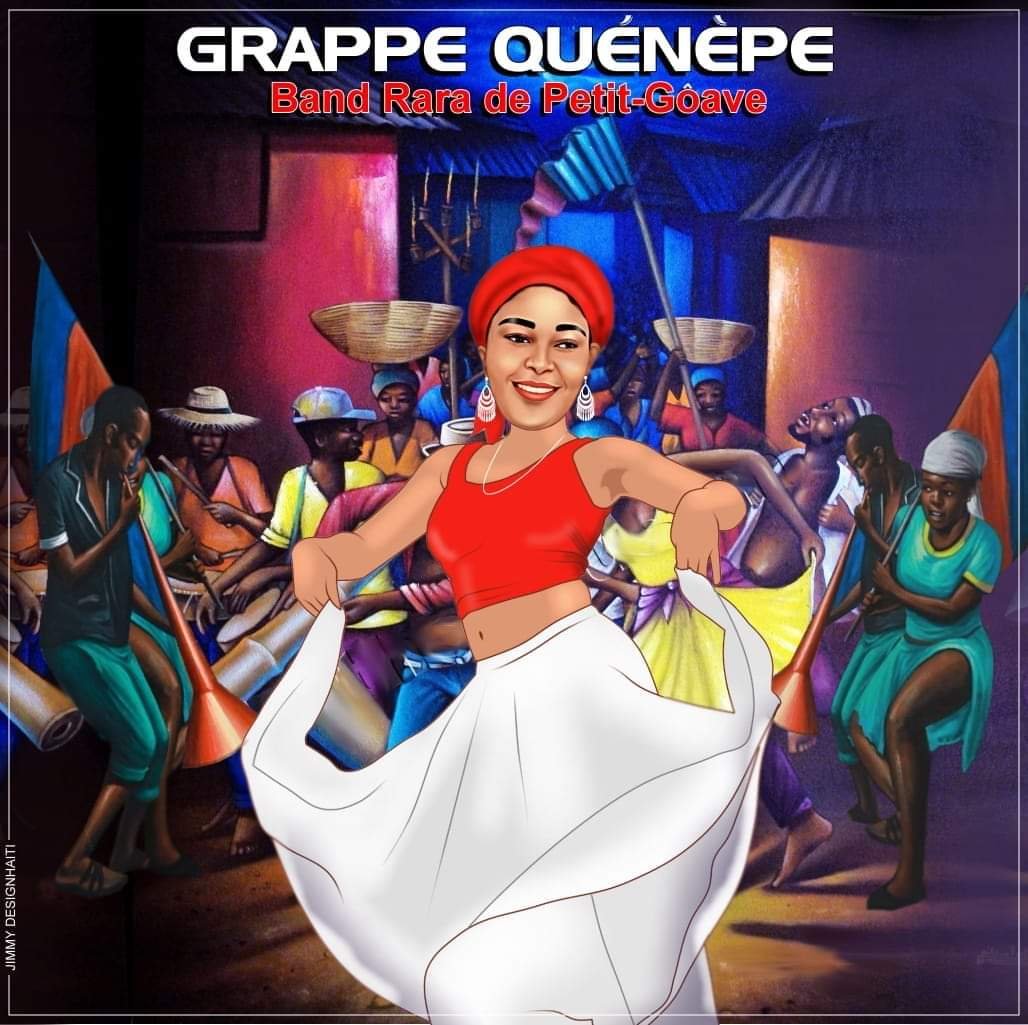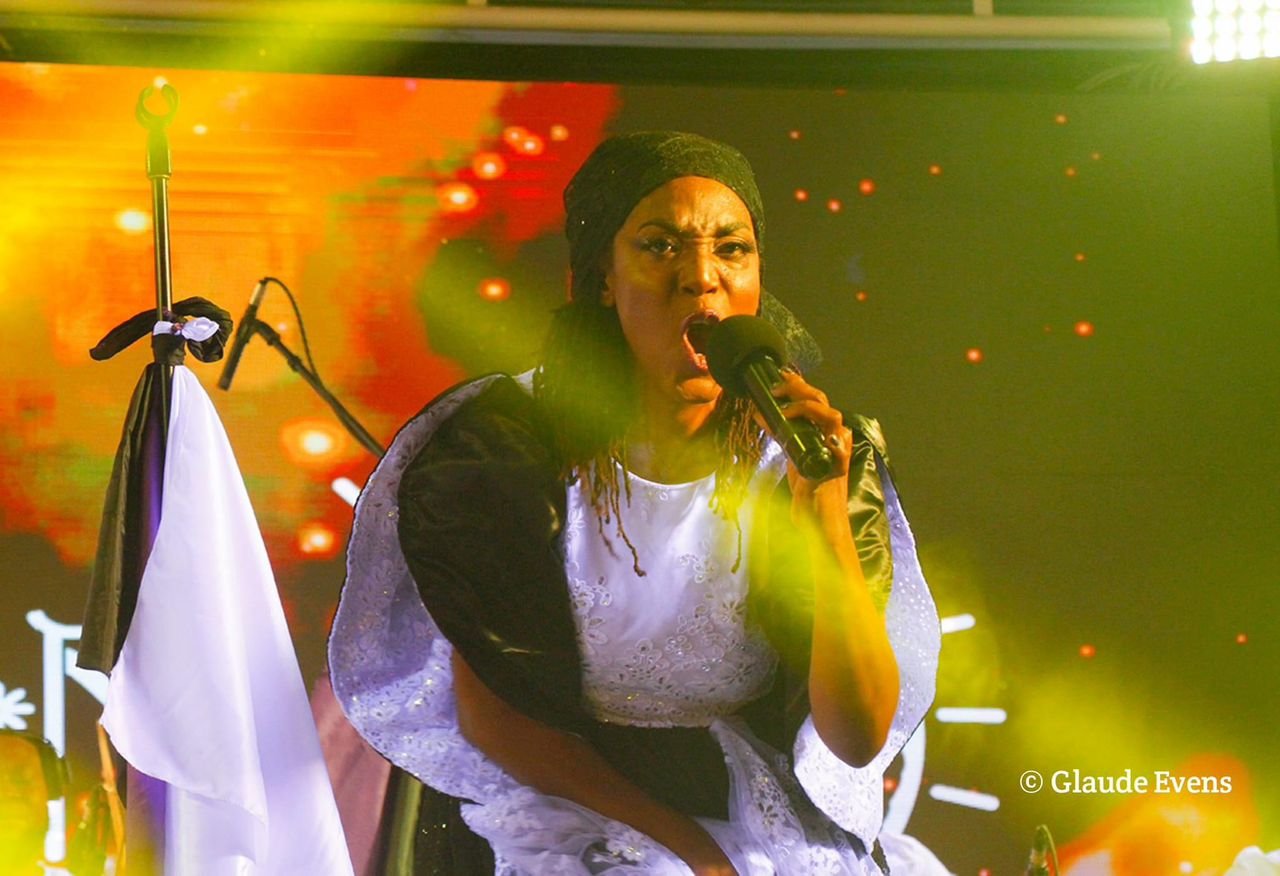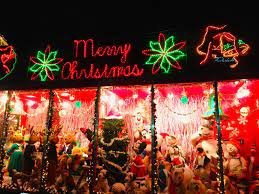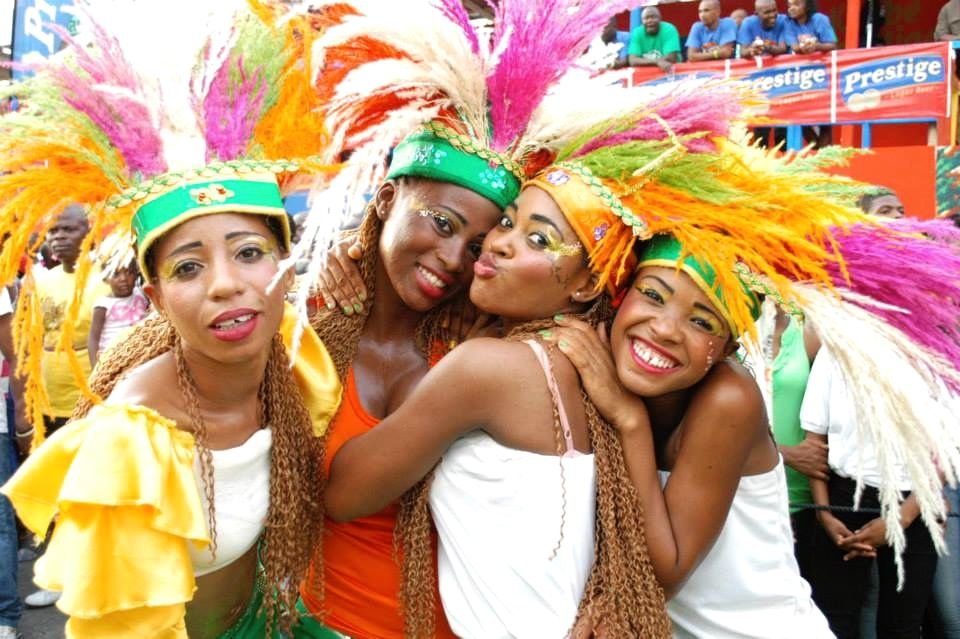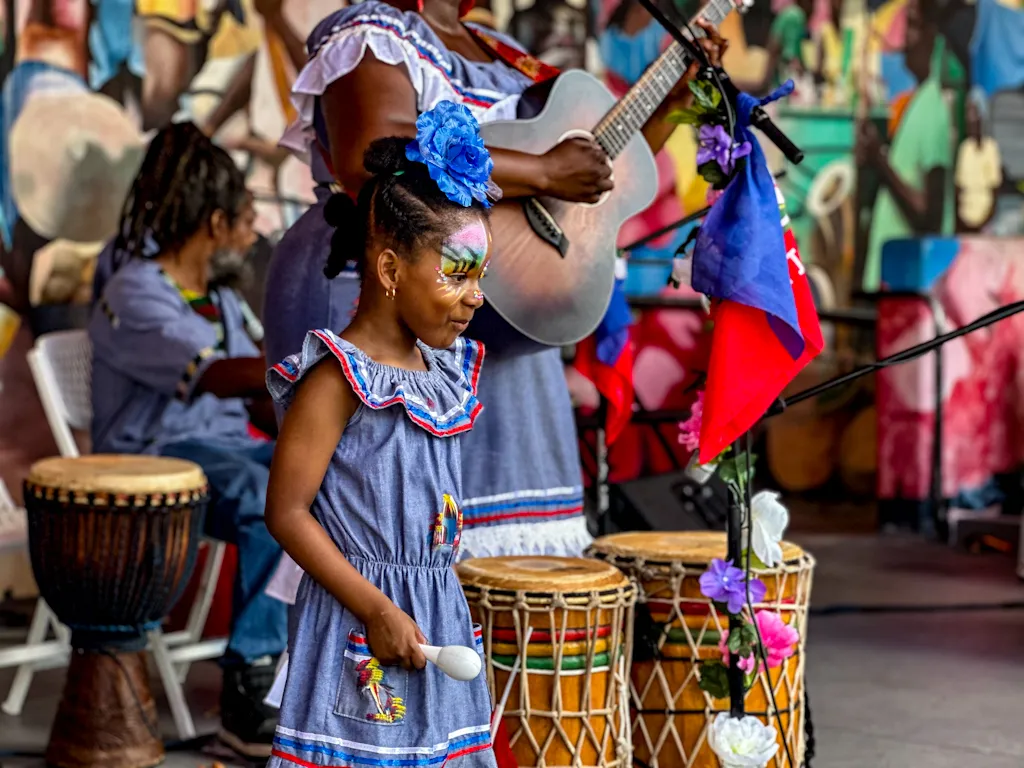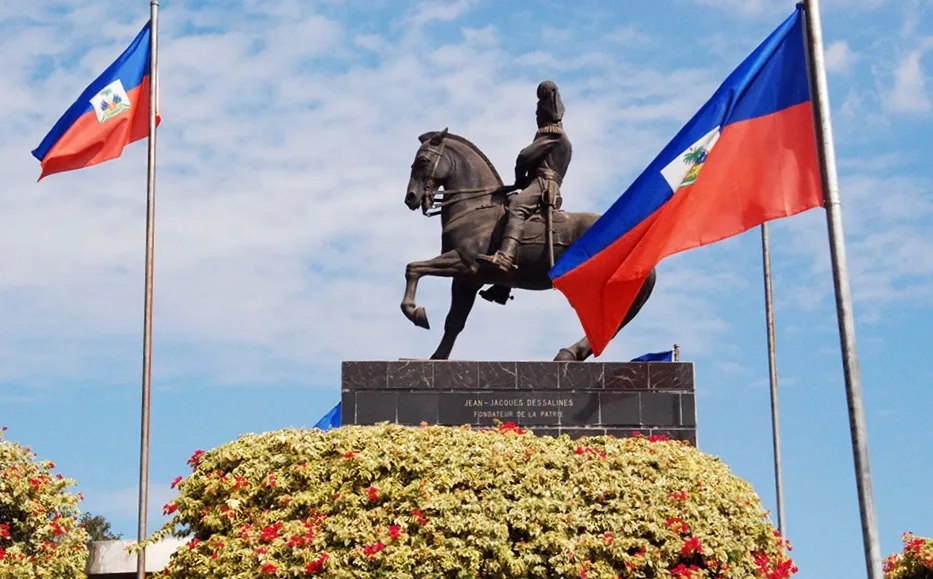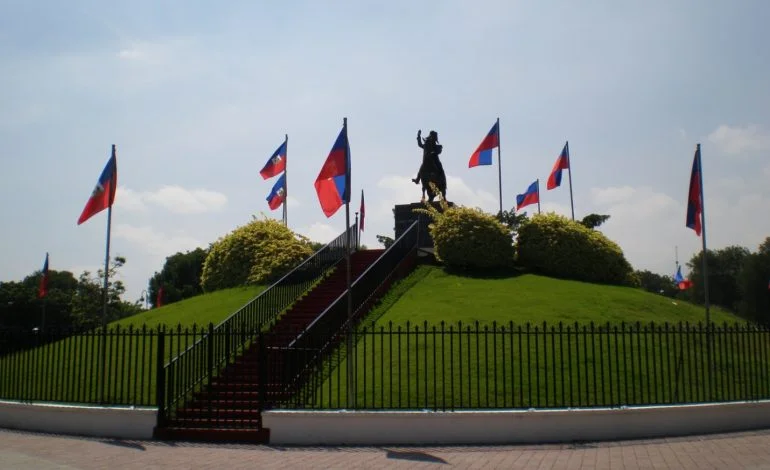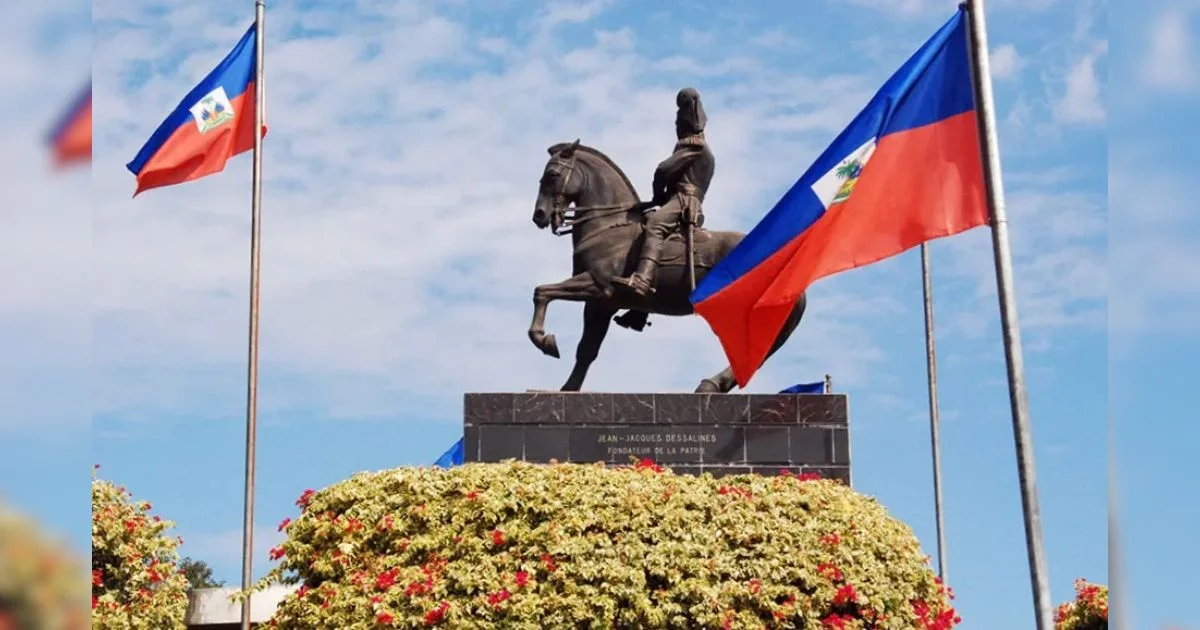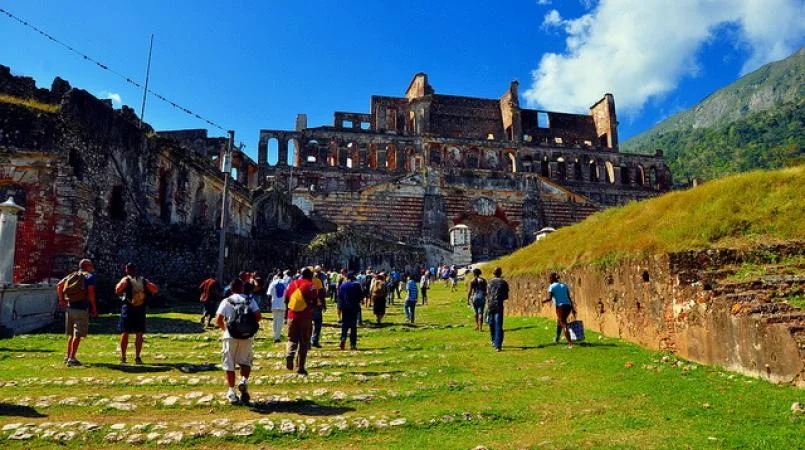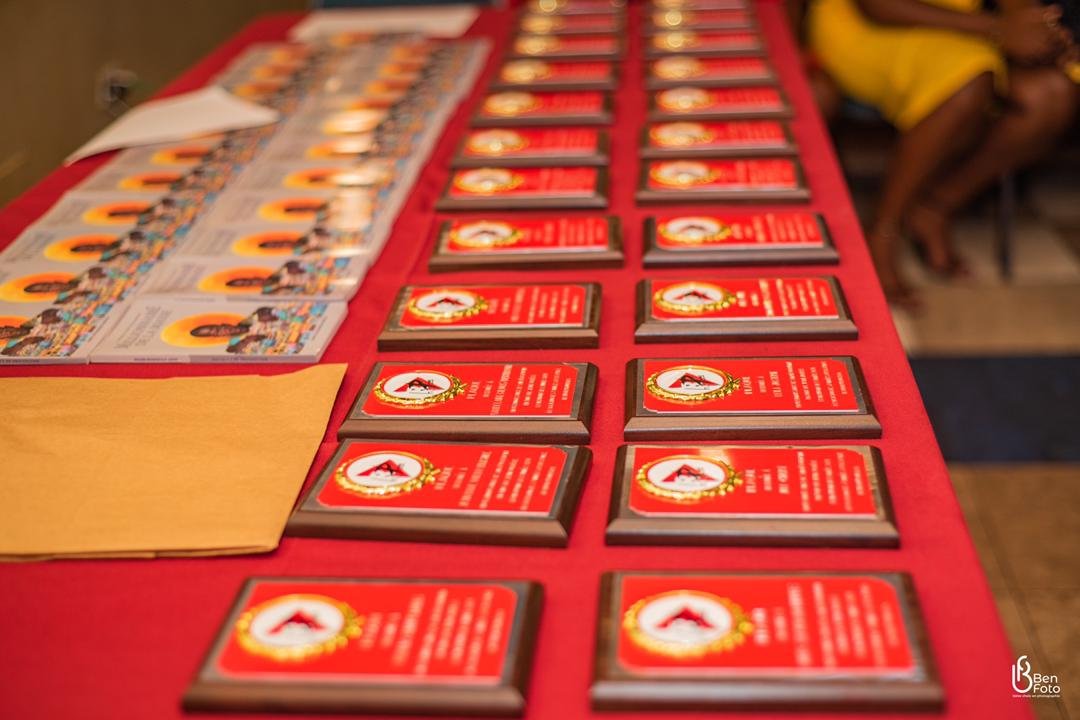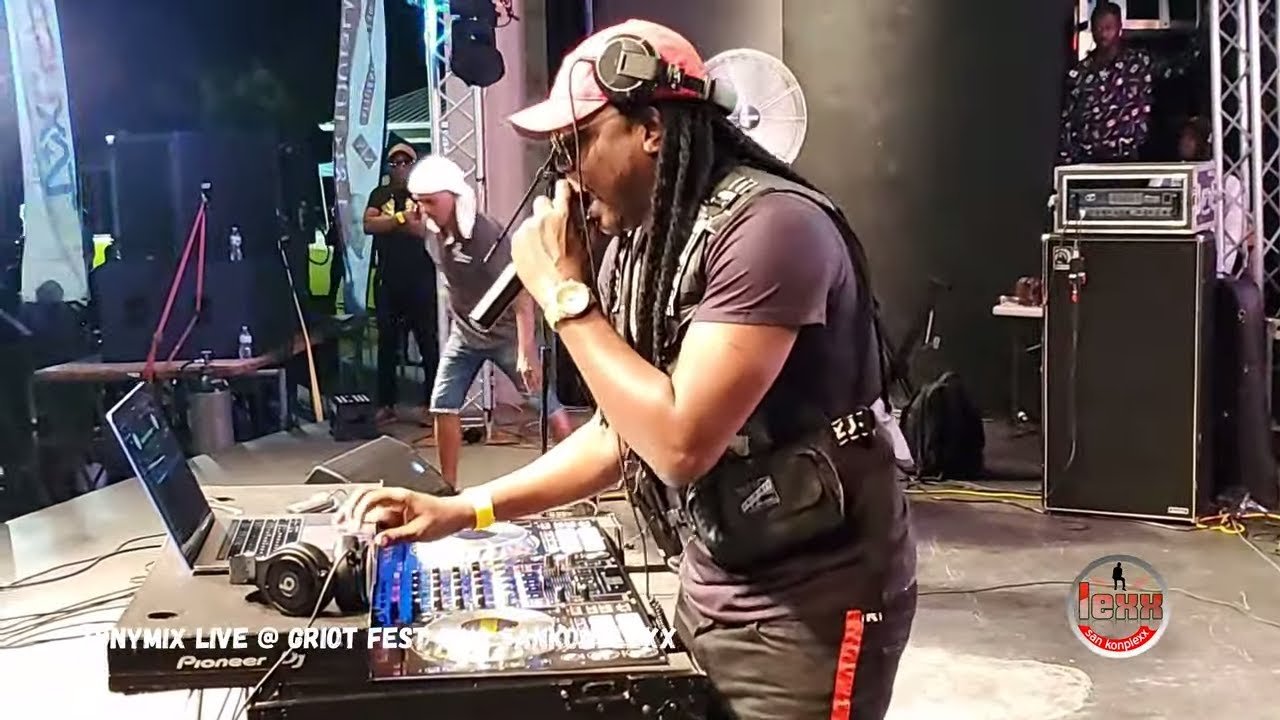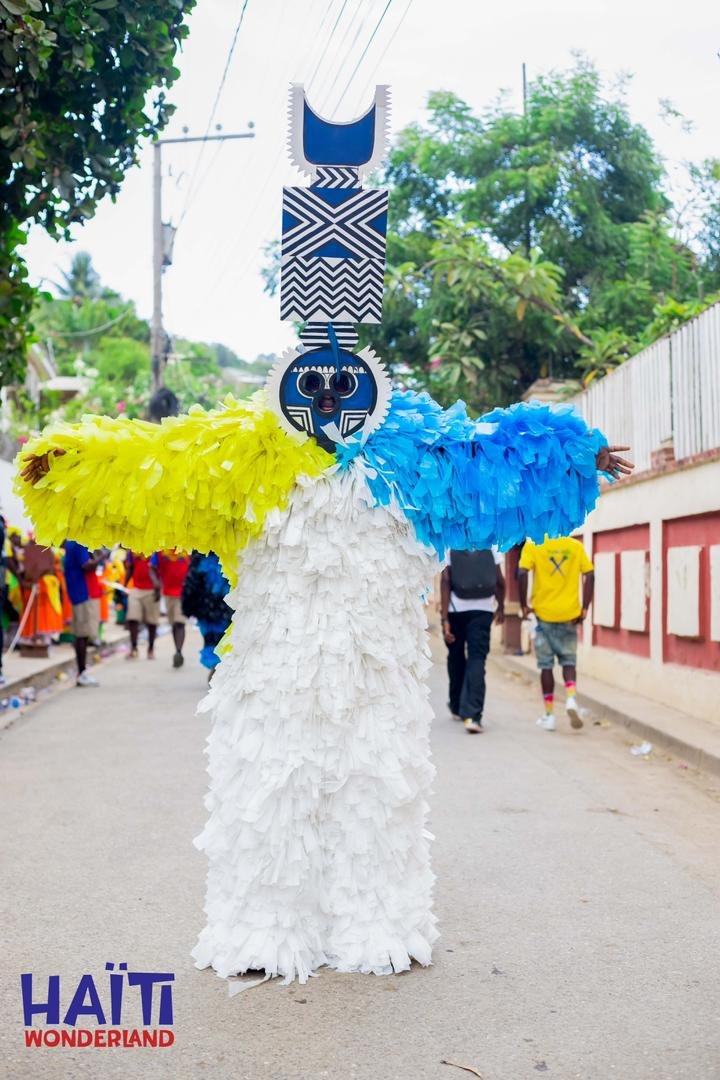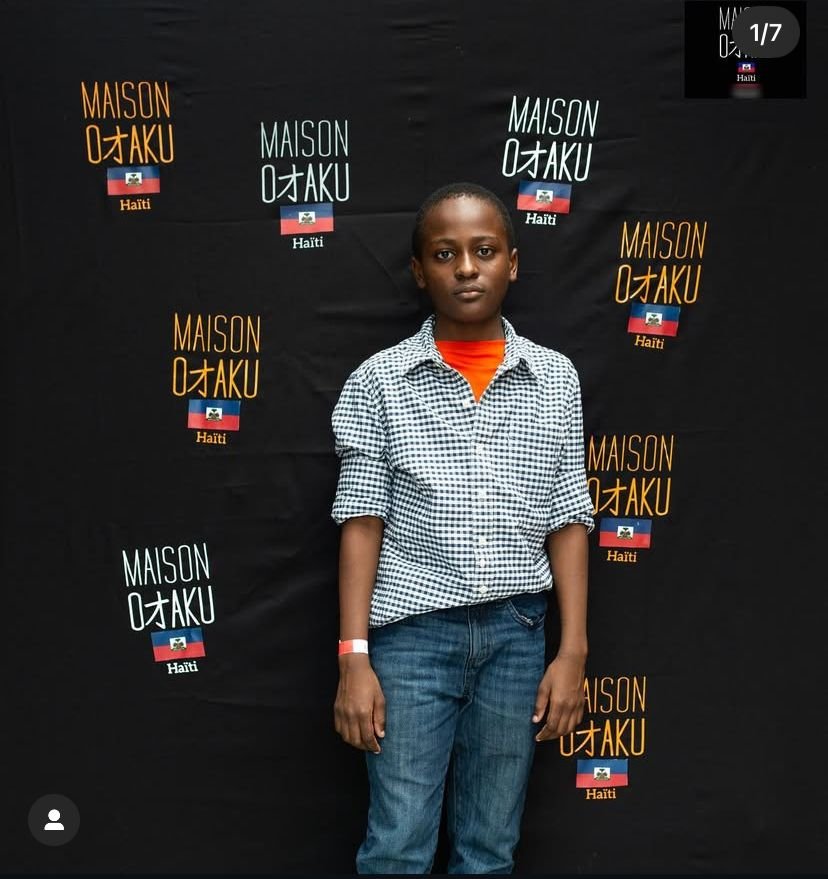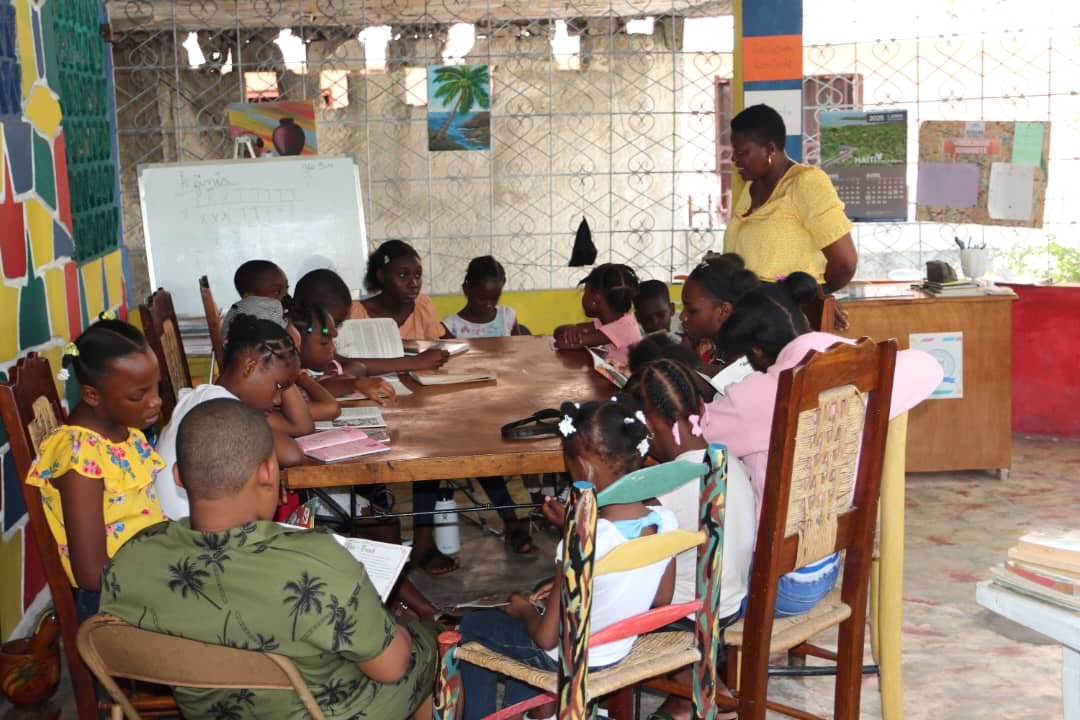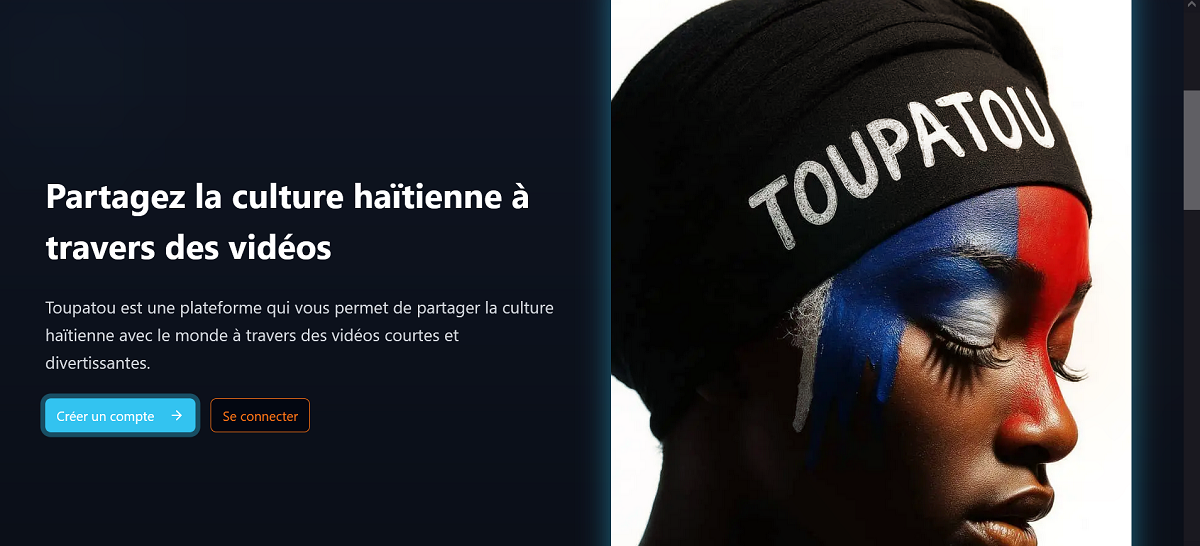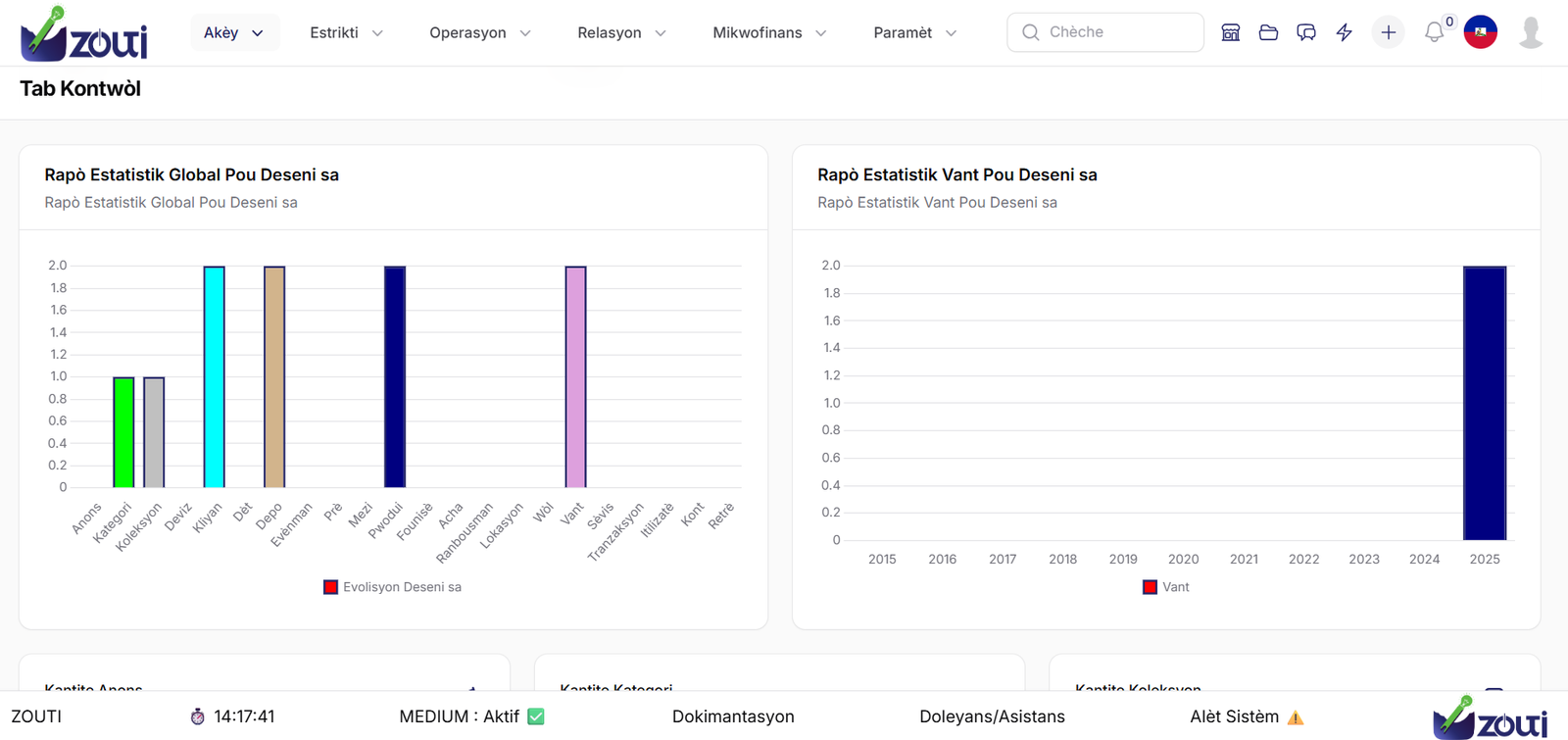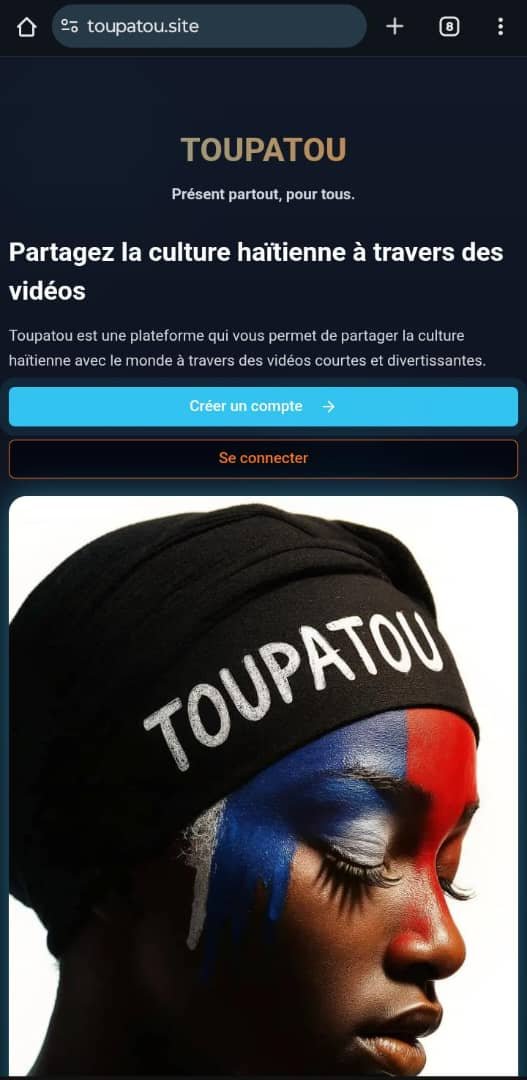Guédés : Quand Haïti célèbre ses ancêtres avec couleur et ferveur
Chaque 1er et 2 novembre, Haïti s’anime sous les couleurs noir et violet pour célébrer les Guédés, des esprits vénérés dans la religion vaudou, symboles d’un lien puissant entre les vivants et les morts. Fascinants, indomptables et provocateurs, les Guédés forment une véritable famille dans le panthéon du vaudou haïtien, où ils sont respectés pour leur rôle de guides spirituels des défunts vers l’au-delà.
Dirigés par des figures emblématiques comme le légendaire Baron Samedi et sa compagne Grann Brigitte, les Guédés incarnent les paradoxes de la vie et de la mort. Chaque Baron a une personnalité singulière : Baron Cimetière, Baron Kriminel, et Baron La Croix sont les gardiens des âmes qui errent aux frontières du monde des morts. Ensemble, ils forment une présence puissante et quelque peu effrayante, mais profondément ancrée dans la culture haïtienne.
Les Guédés ne sont pas comme les autres esprits du vaudou ; ils manifestent leur intrépidité d’une manière spectaculaire. Habitués à la mort, ils n’ont peur de rien et se montrent provocants : ils mangent du verre, des piments crus, enduisent leurs parties sensibles de rhum et de piment. Ces gestes marquent leur indifférence au danger et rappellent qu’ils ont déjà connu la vie terrestre. Ils sont ainsi des psychopompes – ces êtres qui mènent les âmes des morts – et agissent comme des ponts entre le monde des vivants et celui des morts.
Certains Guédés, comme Guédé Nibo, arborent des habits aux couleurs noir, mauve et blanc, chacun possédant des caractéristiques uniques. Ils sont nombreux et variés : Guédé Fouillé, Guédé Loraj, Papa Guédé, et bien d’autres. Ce sont ces esprits qui, chaque année, rappellent aux Haïtiens l’importance de se souvenir des disparus et de les honorer.
Le culte des Guédés n’est pas seulement religieux ; il est aussi culturel et historique. Selon la tradition, leur territoire spirituel, ou « Fètomè » – surnommé le « Pays sans Chapeau » – est un lieu où résideraient les âmes des ancêtres. D’après les récits, les origines de ce culte remontent au plateau d’Abomey, ancienne capitale du royaume du Dahomey, en Afrique, où la mort et la vie coexistent dans une forme de symbiose.
Cette célébration en Haïti trouve même des échos dans l’histoire ancienne. Les Romains honoraient aussi leurs morts avec la « Fête des Lémuria », qui se déroulait en février, pour conjurer les esprits et rétablir la paix entre le monde des vivants et celui des défunts.
Pour les Haïtiens, honorer les Guédés, c’est accepter la mort comme une partie de la vie et célébrer les liens invisibles qui nous unissent à ceux qui nous ont quittés. C’est aussi une manière de résister, car la vie, malgré ses défis, doit être célébrée dans toute sa complexité et sa profondeur.












